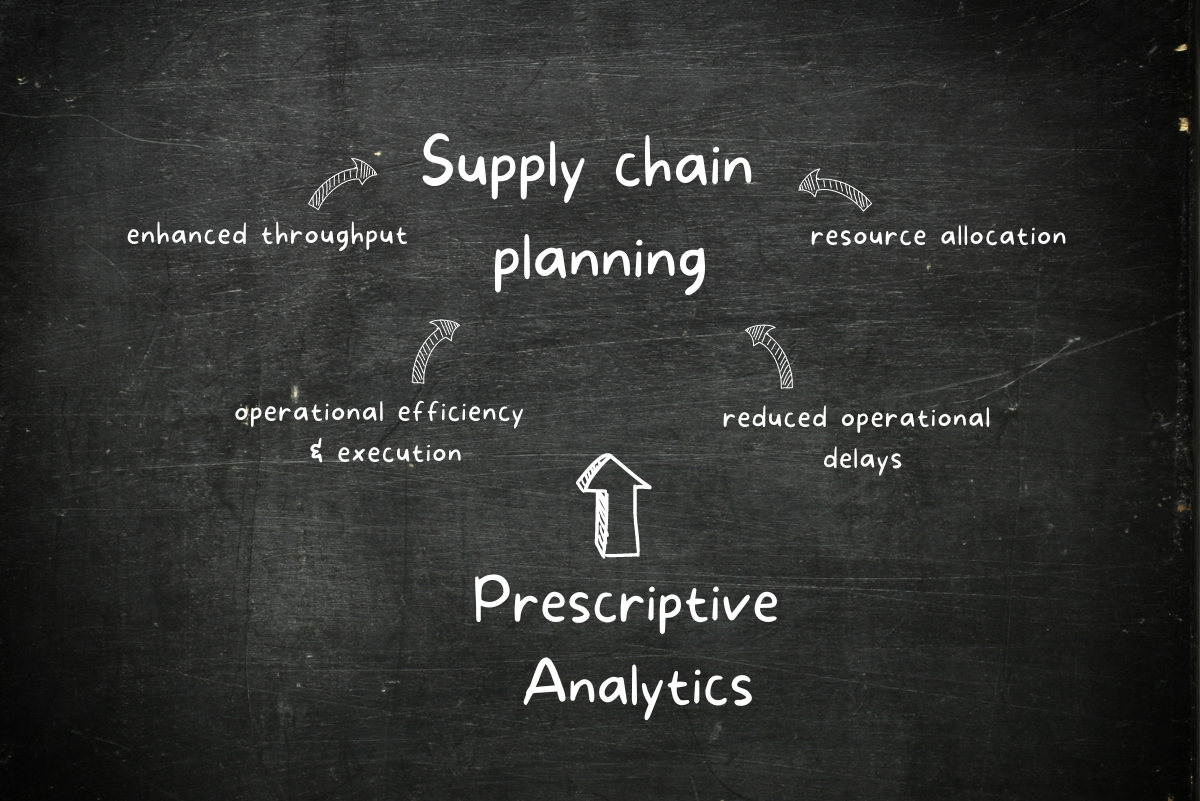Getting Production Scheduling Right
 Optimized production scheduling enables fast, profitable decision making at Nampak
Optimized production scheduling enables fast, profitable decision making at Nampak
Precise means being exact, accurate and careful about details. The difference between good and great. This is not an easy task if you have a lot of fluctuating demand and uncertainty in your production process. In this article, Paul Coombe (Supply Chain Director at Nampak Glass), shares his insights on making the best possible use of your production facilities and optimizing the way you respond to changes in demand. This is particularly difficult at Nampak, a business that aims to produce 350 tons of glass per day while managing different production processes for different bottle types and maintaining customer service at a profitable level. The interview below summarizes how Nampak tackled this challenge.
Paul, why is production scheduling crucial for Nampak glass?
Every business wants to achieve the optimal mix of customer service, smallest logistics cost and inventory carrying cost. But certainly, in our industry, production scheduling is what will define if we do this successfully or not. The glass making business is a process-based business. Our furnace runs every day of the year, 24 hours a day – unless we schedule downtime. So in our kind of business, we really sell time. Production scheduling is extremely important at a tactical level, but it also has to provide a decision-making point for sales.
Our success is premised on having furnaces that output a certain amount of tons of glass every day and we’ve got to maximize the amount of tons we draw from those furnaces. Any change that we do will impact our ability to deliver the optimal quantity. What we used to do was avoid these changes because they are costly. But sometimes it can more efficient to actually incur some of these changes and deal with the complexity that results. That is why key production scheduling information takes center stage at our S&OP meetings.
What are the complicating factors in your production scheduling?
There are many complicating factors, among them:
- Highly seasonal productions
- A natural element of stock hold for certain color variations
- Storage; bottle specifications like color might change depending on temperature, for instance
In addition, the glass business has a long-term planning horizon. Production scheduling informs this long-term planning horizon. The scheduling process in our business affects a whole lot of senior decisions that impact our long-term profitability. But you’ve got to be able to represent the details in a nice, clear way because then, executives can see impact on cost. For this we need a system that supports visibility.
Enter AIMMS
Nampak chose AIMMS optimization software and Districon, an AIMMS implementation partner, to develop a profit-based optimization solution for the production of glass bottles in the company’s 3 furnaces – amounting to a total of over 1,000 production tons a day. The tool leverages AIMMS’ modeling technology on a strategic level (plan for the next two years), tactical level (mid-term scenario planning to support their S&OP process) and operational level (number of bottles on each line).
“Our business requirements are not only complex but unique in nature. Working with the right tools and the right team was imperative for us to achieve our goals. The AIMMS app allows us to make better, informed decisions. It is flexible, was easily implemented, and quick to deliver.”
How has AIMMS technology changed production scheduling in your organization?
Our previous production scheduling process was very much based on Excel and, in fact, it was quite fixed. It was not a dynamic process, in the sense that it was impossible for somebody to model things, create scenarios and look at optimization opportunities. Previously, we were unable to change the monthly view to a daily view or a weekly view without a lot of hard work. It simply wasn’t possible to model the amount of iterations or the number of potential outcomes.
What we can now do is, instead of having a static view for a month and saying we’ll input these changes at the end of next week or next month…we can input them and model them live. We can take decisions in a meeting. For example, we are able to make planning decisions and get our MT to approve them because we can model all the things that are of interest to the business. Now we can talk in the detail, in the numbers, in the facts. We can get decision-making a lot more quickly. Without this planning technology we would not be able to be as nimble as the market demands that we are.
Nampak is able to:
-
Respond quickly to customer changes in the market and production changes internally
-
Quantify planning changes in a financial way
-
Extract more value from their planning process
-
Maintain customer service at a reasonable level of profit for the business





